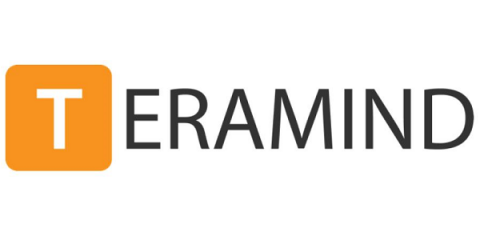How to Jumpstart Engagement and Productivity in Hybrid Teams
As businesses emerge from the recent pandemic, it’s more important than ever that teams be productive, efficient, and engaged. This is especially true as companies make challenging decisions about the future while grappling with the repercussions of the past year. For instance, a Gartner survey of company executives across multiple industries found that 82 percent plan to offer flexible work arrangements moving forward, including remote and hybrid work opportunities. The benefits are evident.





